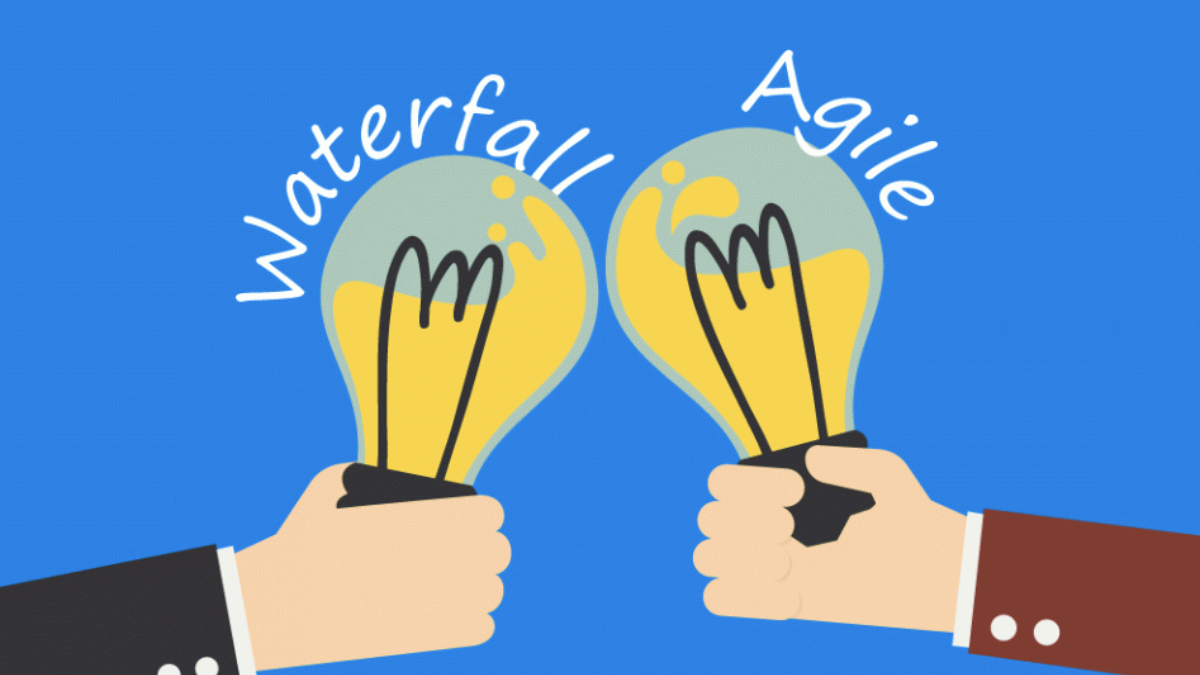Understanding various project management methods is essential for effectively executing IT projects, especially those involving cloud computing services. Two of the most prevalent methodologies are Waterfall and Agile. Each approach has its unique characteristics and is suited to different types of projects.
Overview of Waterfall Project Management
Waterfall project management is a linear and sequential method where each phase must be completed before the next one begins. This approach is often likened to a waterfall, as tasks flow downwards through phases such as requirement analysis, design, implementation, testing, and maintenance.
Waterfall is often best suited for projects where requirements are well-defined and unlikely to change.
Overview of Agile Project Management
Agile project management is an iterative and flexible method that promotes adaptive planning and encourages rapid and flexible responses to change. Agile emphasizes collaboration, customer feedback, and small, frequent improvements. This approach is typically divided into sprints, which are short cycles of development.
Agile is often ideal for projects in dynamic environments where requirements may evolve throughout the development process.
Understanding these methodologies helps SMEs choose the appropriate strategy based on project requirements and organizational goals.
7 Key Differences Between Waterfall and Agile
Understanding the key differences between Waterfall and Agile project management is essential for SMEs looking for IT support and services. Each methodology has a distinct approach that influences project development.
1. Project Structure
- Waterfall follows a linear, sequential approach where each phase—requirements, design, implementation, testing, and deployment—is completed before the next begins.
- Agile, on the other hand, is iterative and incremental, allowing teams to revisit and adjust stages throughout the development process.
2. Flexibility
- Waterfall is rigid and best suited for projects with clearly defined requirements that are unlikely to change.
- Agile is highly flexible and adapts well to evolving project needs, making it ideal for dynamic or complex projects.
3. Customer Involvement
- Waterfall typically involves the client only at the beginning (requirements) and end (delivery).
- Agile encourages continuous client collaboration and feedback throughout the entire development cycle.
4. Delivery Timeline
- Waterfall delivers the final product only after all phases are complete.
- Agile delivers working versions of the product in shorter cycles (sprints), allowing for early and frequent releases.
5. Risk Management
- Waterfall may carry higher risk if issues arise late in the process, as changes are difficult and costly to implement.
- Agile minimizes risk by addressing issues incrementally and incorporating regular testing and feedback.
6. Documentation
- Waterfall relies heavily on comprehensive documentation at each stage.
- Agile emphasizes working software and often prioritizes collaboration over detailed documentation.
7. Team Collaboration
- Waterfall typically follows a top-down approach with clearly defined roles and responsibilities.
- Agile promotes a collaborative team environment where roles may overlap, and decisions are made collectively.
The distinction between these two methodologies profoundly influences project execution, leading SMEs to choose the approach that aligns best with their specific project needs. Understanding these differences is crucial for successful project outcomes—especially when planning complex transitions like cloud adoption, where thorough preparation can make or break your strategy. For a deeper dive into ensuring readiness, don’t miss our article, Cloud Migration Testing & Failover Plans: What You Must Know.

Pros and Cons of Waterfall Approach
The Waterfall project management method has its own set of advantages and disadvantages, particularly when applied to IT projects. Understanding these pros and cons can help small and medium-sized enterprises (SMEs) make informed decisions regarding their project management strategies.
4 Advantages of Waterfall Method
Waterfall project management offers several benefits that can enhance project planning and execution. The following table outlines the key advantages:
| Advantage | Description |
| Structured and Clear | Projects follow a linear path, making each phase distinct and easy to understand. |
| Comprehensive Documentation | Detailed documentation at each stage ensures that all project requirements are recorded. |
| Predictable Timelines | The sequential nature allows for clear timelines and deadlines, making scheduling more straightforward. |
| Easier Project Control | Project managers can easily track progress as each phase must be completed before the next begins. |
4 Disadvantages of Waterfall Method
Despite its benefits, the Waterfall method also has significant drawbacks. The following table summarizes the main disadvantages:
| Disadvantage | Description |
| Inflexibility | Once a phase is completed, changes are difficult to implement without significant rework. |
| Late Testing | Testing occurs only after the build phase, leading to potentially costly and time-consuming fixes. |
| High Risk of Failure | If initial requirements are misunderstood, the entire project may fail to meet stakeholder expectations. |
| Limited Customer Feedback | Stakeholders may not see the product until the end, which can result in missed opportunities for early feedback. |
Weighing the advantages and disadvantages of the Waterfall approach, SMEs can assess its suitability for their IT projects and consider how it compares to more flexible methodologies like Agile.
Pros and Cons of Agile Approach
The Agile methodology presents a unique approach to project management, particularly in IT projects. Understanding its advantages and disadvantages can help organizations make informed decisions when opting for this method.
5 Advantages of Agile Method
The Agile approach has several notable benefits that can enhance project outcomes and team dynamics.
| Advantage | Description |
| Flexibility | Agile methods allow for changes in project direction based on feedback and evolving requirements. |
| Faster Delivery | Projects can be broken down into smaller tasks, enabling quicker iterations and faster delivery of features. |
| Improved Collaboration | Emphasis on teamwork encourages continuous communication among stakeholders, fostering collaboration. |
| Increased Customer Satisfaction | Regular feedback and involvement from clients help ensure the final product meets user expectations. |
| Risk Management | Incremental development allows for early detection of issues, reducing risks associated with project delays. |
5 Disadvantages of Agile Method
Despite its strengths, the Agile approach also has some drawbacks that can impact its effectiveness in certain environments.
| Disadvantage | Description |
| Lack of Documentation | Agile focuses on working software over comprehensive documentation, which can lead to misunderstandings. |
| Resource Intensive | Agile requires significant time and collaboration, which may strain resources in smaller teams. |
| Scope Creep | Flexibility can lead to changes in project scope, resulting in added complexity and potential delays. |
| Steeper Learning Curve | Teams unfamiliar with Agile principles may face challenges in adapting to the methodology effectively. |
| Less Predictability | The iterative nature of Agile may result in less predictability in timelines and final deliverables. |
Understanding these pros and cons allows organizations to assess whether the Agile methodology aligns with their project needs and team capacity. This evaluation is essential for determining the most effective project management strategy in the context of Waterfall vs Agile project management.
Choosing the Right Approach for Your IT Project
Selecting the appropriate project management methodology is crucial for the success of IT projects. Factors such as project complexity, team composition, and client involvement play a significant role in determining whether the Waterfall or Agile approach is best suited for a given project.
Factors to Consider
Deciding between Waterfall and Agile project management requires evaluating several key elements:
| Factor | Waterfall Method | Agile Method |
| Project Scope | Defined milestones with fixed requirements | Evolving requirements |
| Customer Feedback | Limited until project completion | Continuous feedback during development |
| Team Size | Typically larger teams | Smaller, cross-functional teams |
| Complexity | Best for simple, predictable projects | Ideal for complex projects requiring flexibility |
Understanding these factors can guide decision-makers in selecting the method that aligns with project goals and constraints.

Tailoring the Approach to Your Project Type
Different project types may benefit from varied approaches. It's essential to consider the nature of the project when tailoring the methodology.
Crafting Smarter Tech Journeys — LK Tech
Carefully assessing a project's unique characteristics, organizations can align their management strategies to boost productivity and achieve better outcomes. Selecting the right approach encourages clearer communication, more efficient resource allocation, and smooth execution throughout the project lifecycle.
At LK Tech, we deliver top-notch IT support tailored to your specific needs, helping your team stay on track and reach goals seamlessly. If you’re searching for a reliable IT company in Cincinnati, don’t hesitate to contact us. Reach out today to discover how we can elevate your IT projects to the next level.


